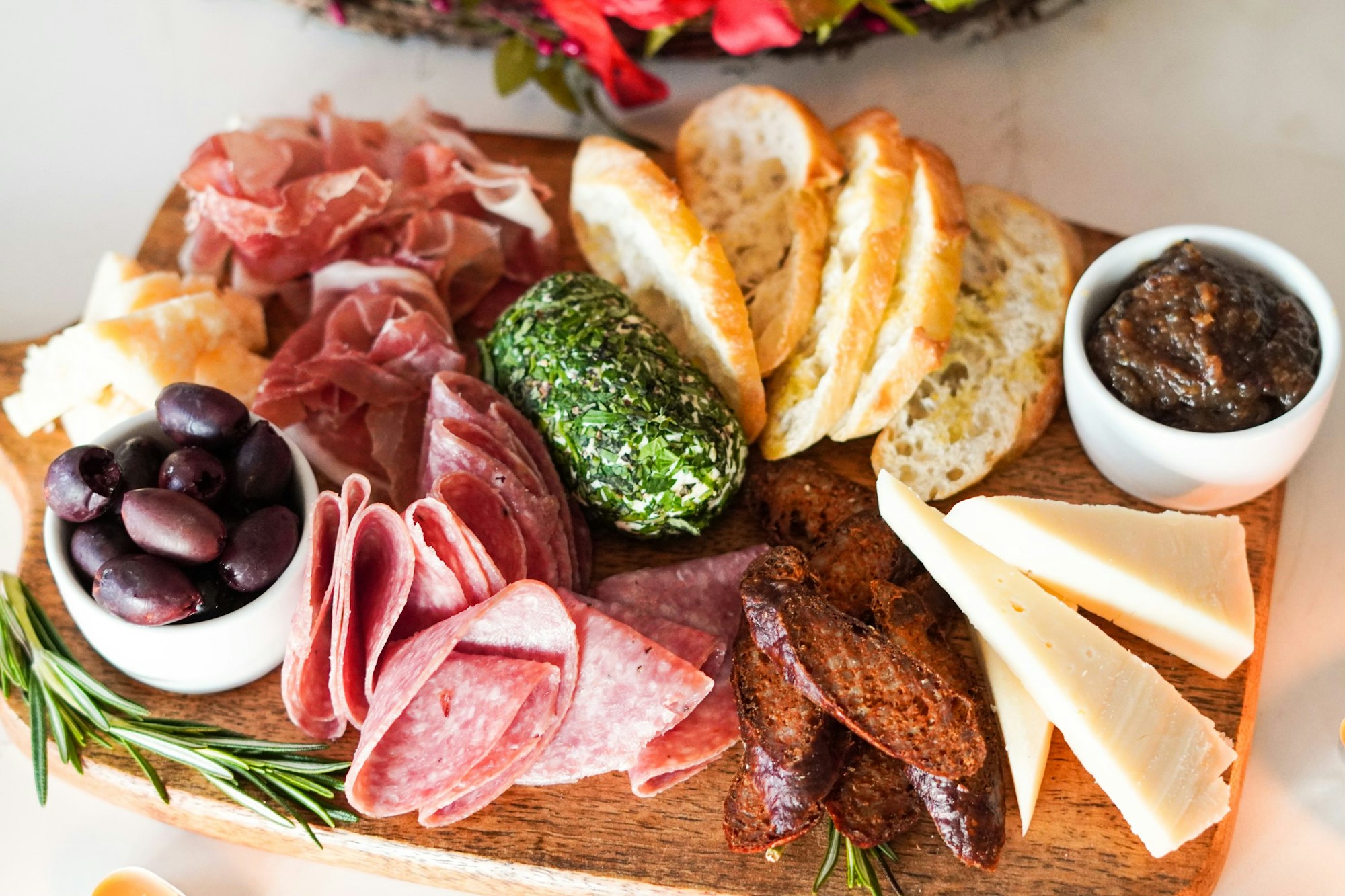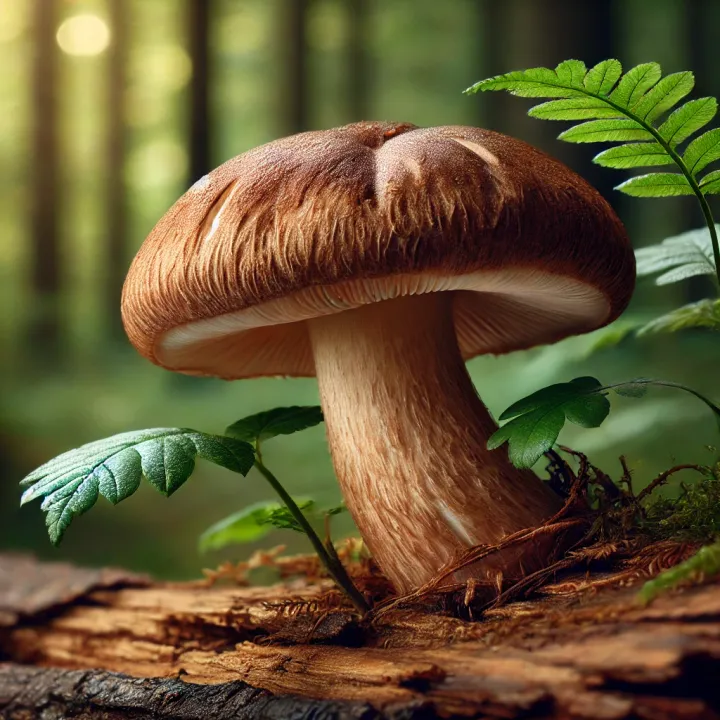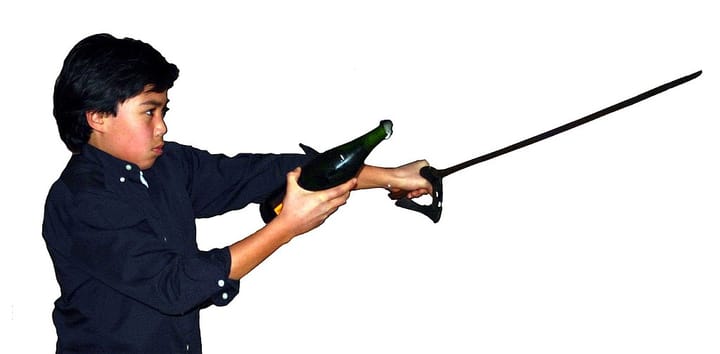Why Charcuterie is a Premium Delicacy: Everything Explained
Originating from French tradition, charcuterie is the skilled preparation and display of preserved meats. Once a preservation method, today it adorns tables with a mix of cured specialties, often complemented by cheeses and fruits, intertwining history with culinary delight.

What is Charcuterie?
Charcuterie, often pronounced 'shar-koo-tuh-ree,' hails from the French word "chair" meaning 'flesh' and "cuit" meaning 'cooked.'
It refers to the art and craft of preparing and preserving meats, primarily pork, through methods like salting, curing, and smoking.
Over time, it has expanded to include products like sausages, bacon, ham, terrines, and pâtés.

History of Origin
The art of charcuterie, emphasizing meat preservation, has its roots in ancient Rome, where methods like salting and smoking began around 6,000 years ago.
Yet, it was during the 15th century in France that this craft truly evolved. Driven by a commitment to utilize every part of an animal, French artisans refined techniques such as grinding, sealing, and salt-curing, leading to a comprehensive 'from snout to tail' approach.
As the craft matured, the introduction of spices and herbs enhanced the distinct character of various meats. Over the years, while starting predominantly with pork, the scope expanded to include other meats.
Today, charcuterie embodies a delectable range of cured or cooked meats, often presented alongside cheeses on elegant boards.
Historically, the allure of charcuterie revolved around pure ingredients and ethical animal rearing.
High-quality charcuterie relies heavily on the genuine taste of the meat, best derived when animals are raised responsibly and maintain their natural diet.
This emphasis on the source and quality of the meat remains paramount in creating exceptional charcuterie today.
Charcuterie holds significant cultural value in Italy, where it's referred to as "salumi" or "salumeria." While there are parallels between French Charcuterie and Italian Salumi, numerous distinctions set them apart.
What Are the Method Used in Creating Charcuterie?

Curing
One of the primary methods of creating charcuterie is curing. It involves using salt, and sometimes sugar, nitrates, and nitrites, to draw moisture out of the meat.
This not only preserves the meat but also intensifies its flavor. When you bite into a piece of cured ham, you're tasting centuries of culinary tradition.
Fermentation
Another technique you might have come across is fermentation. Just like in cheeses or wines, beneficial bacteria are encouraged to flourish, giving rise to distinctive flavors.
For instance "Saucisson sec," which translates to "dry sausage," undergoes a dry-curing and fermentation process.
Although commonly crafted from pork, it can also encompass a blend of various meats, enhanced with ingredients like salt, spices, garlic, sugar, fruits, nuts, wine, and fermenting agents.
Smoked
If you've ever tasted a piece of smoked salmon or bacon, you've experienced the wonders of smoking. This process imparts a woody, rich flavor to the meat while aiding in its preservation.
Making The Best Charcuterie Board
When you curate a charcuterie board, including luxury foods can elevate the entire experience.
Charcuterie encompasses a wide range of meats, from pâtés to sausages and everything in between. These products can range from smooth to coarse textures and from spreadable to soft, sliceable forms.
Sausages
A favorite for many, sausages come in various forms and flavors. From the spicy chorizo of Spain to the milder bratwurst of Germany and even "Boudin noir" translates to "black sausage," which is commonly referred to as "Black pudding" in English, sausages are a testament to the global appeal of charcuterie.
Pâtés and Terrines
Pâté is blended mix of meats, fish, seafood, or vegetables encased and baked within a pastry covering is known as a forcemeat.
When referring to the surrounding pastry itself, it's called "pâté en croute." Nowadays, the definition of pâtés has broadened. They can be found not only in pastry crusts but also wrapped in layers like fat back, leeks, or even ham.
Originally, the word "terrine" referred to the clay dish typically employed in its preparation. In contemporary times, the terms "terrines" and "pâtés" are frequently used interchangeably.
Terrines can be crafted using forcemeat, molded foie gras, or even stacked vegetables held together with aspic or a fresh cheese blend.
Cured Hams
Italy is celebrated for its signature cured meats like prosciutto, pancetta, and speck. However, Spain has its own culinary gems in this domain.
One notable example is Jamon Serrano, crafted specifically from Landrace or Duroc pigs, and traditionally cured for a minimum of eight months.
Another Spanish masterpiece, Jamón Ibérico, can mature for an impressive four years, earning it a reputation as one of the finest pork products worldwide.
Thinly sliced and often served uncooked, they melt in your mouth, leaving a lingering taste of salt, meat, and time.
Artisanal Cheeses
Aged Comté, Camembert from Normandy, or the rare 'Pule' cheese from Serbia— including such artisanal cheeses can elevate the charcuterie board's taste profile.
Gourmet Accompaniments
Consider adding luxury accompaniments like truffle-infused honey, premium olives from the Mediterranean, or even rare dried fruits and nuts.
Why Is Charcuterie Getting Popular?
In modern times, charcuterie has evolved from its traditional roots, finding its way into upscale restaurant menus and becoming a staple at special events, perfect for entertaining large groups. Plus, who can resist the allure of pairing it with wine?
Yet, what truly captivates enthusiasts is the artful presentation on a charcuterie board. The visual appeal of meticulously arranged meats, cheeses, and accompaniments is undeniably a significant part of its allure.
Over the years, this presentation aspect has grown into a refined craft, with caterers and dining establishments priding themselves on their unique and tailored arrangements suitable for a range of occasions.

The High Costs Behind the Charcuterie Process
When you savor a slice of cured meat, you're tasting not just the meat itself but the hours, days, and often months it took to prepare. The process of making charcuterie is a slow one, and time, as they say, is money.
Aging and Maturation
Many charcuterie items, like salamis or certain hams, require aging. This isn't just a waiting game.
The controlled environment needed to age these meats safely and effectively costs money, from the specialized storage rooms to the regular checks to ensure quality.
The Curing Process
Curing isn't about just adding salt and waiting. It's a delicate balancing act, ensuring just the right amount is used, and often other ingredients like nitrates are added to preserve color and prevent bacterial growth.
The longer curing time, the richer the flavor – and the higher the cost.
High-Quality Meats
The foundation of any good charcuterie product is the meat itself. Producers who opt for premium, organic, or free-range meats are purchasing a more expensive product to begin with.
These meats often come from animals that have been raised without hormones, have had better diets, and lived more natural lives, leading to better flavors.
Natural Preservatives
Many top-tier charcuterie producers are moving away from synthetic preservatives and chemicals.
Natural preservatives like sea salt or celery juice powder can be more expensive than their synthetic counterparts.
Exotic Spices and Flavors
Whether it's the aromatic truffle infused into a salami or high-quality Herbes de Provence in a French pâté, the inclusion of premium spices and flavors can significantly increase the cost of production.
Trained Artisans
Crafting excellent charcuterie often involves professionals who've spent years, sometimes even decades, honing their craft.
They understand the nuances of the meat, the subtleties of flavors, and the science behind safe preservation. The knowledge and skills of these artisans don't come cheap.


